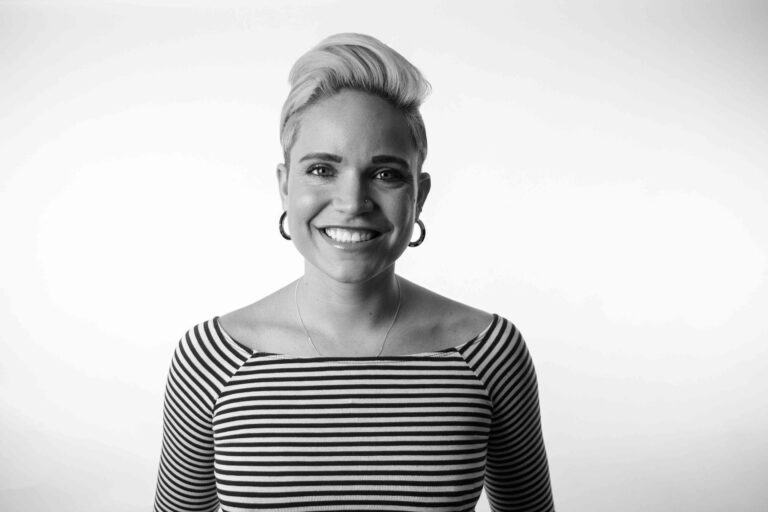Data scandals, social shut downs and big budget marketing blunders: 2018 has been a rollercoaster year for the world of digital.
We’ve learnt to process information quicker, become journalists in our own right and have an opinion on things that really matter; #MeToo.
So, what’s next for the social sphere? When we talk about what brands need to consider in 2019, we need to think about consumer behaviour and psychological shifts. Here’s what we’re expecting to see…
Free Speech
Prediction: there will be an increased use of community groups to inform brand strategy
We will continue to see brands/consumers partake in social ‘campaigning,’ using the ‘power of persuasion’ i.e. the rise and support of ‘free from’ and sustainable living to make change.
Vegan groups have made so much noise this year; from Instagram micro influencer campaigns to Facebook page shaming of poor farming and animal welfare. This has had significant impact on the dining industry, forcing brands to consider making decisions that previously may have not been a priority. This is a simple example of how social media has given activists (basically anyone and everyone) a platform to encourage global consideration and bring about environmental change.
Social media creates the potential to join in conversation that matters, thereby complementing (but not replacing) face-to-face contact, giving users the power to speak more freely and firmly. The key for brands is if you don’t want to actively scream and promote social change, create a space where customers can talk to one another, to facilitate the conversation.
Therefore, in 2019 we’re likely to see online community groups become more active in campaigning, further exploring ways to influence brand change. From Facebook petitions to actively driving initiatives forward through social posting, a consumer’s voice is more important than ever – a force to be reckoned with. These conversations are very important to gain instantaneous feedback therefore monitoring and measuring the success of social issues and CSR, and now with the ability of brands to join groups on Facebook and LinkedIn, it’s going to be more important than ever to simply… listen.
Online listening
Prediction: Brands will adopt more sophisticated tools to identify their customer wants and needs. ‘Always on’ insights will drive brand change
Listening is the act of crawling any open source online to find relevant conversation related to a brand, market or audience. As brand page following decreases, it has become more important to understand what customers are saying. These are non-direct mentions: comments on forums, news sites, social media and more, that go unnoticed unless there are tools and monitoring in place to track them, alerting to spikes in conversation. This small but very important insight can shape and inform future planning and strategy, identifying opportunities and needs for customers.
Although listening tools have been around for a long time, they are still not being used to their full potential to unearth nuggets of relevant and important brand insight and information. I don’t have all the secrets (sorry) into how marketing teams run their insights team, but from running competitor listening online for a number of clients, more times than less, I’ve been able to identify numerous and very important conversations that have been missed. Listening should be an ‘always on’ approach not a ‘sometimes’.
Online is the first destination that people go to search out a product/experience, therefore ensuring monitoring is ‘always on’ to grow and expand possibilities, is imperative. Be the first to find this conversation before competitors, capitalise and turn conversation into a lead. Consumers react positively to this direct engagement as they feel like they’re being listened to by a human not a faceless brand.
Personalisation
Prediction: Brands will adopt technology that creates bespoke, unique experiences for customers
Everyone knows we’re in the pay-to-play cycle on social media. With social ad budgets up 32%* in 2018, it’s easier than ever to get user data, allowing brands to make targeting and user experience more than ever relevant and personalised.
From retargeted engagement-based ads to location-based store targeting, users can be served info based on their shopping habits, interests and behaviours. Currently, targeting can still sometimes be quite ‘broad’ with content not quite bespoke to an individual’s, unique identity/preference. Therefore, brands must explore individual personalisation, so everything served is unique and bespoke to a consumer – not just an audience segment.
For example, if customer a) opens his/hers Amazon shopping profile, the aggregators will place his/hers most likely to buy items at the top. When ordering pizza, their ‘usual’ will automatically appear in the basket, ready for order via voice control. The more brands adopt this technological change, the more likely to increase repeat purchase, as consumers want a simple service, needing brands to view them as distinct individual with unique characteristic and preferences.
Conclusion
Psychology is key for 2019 adoption. Getting into the minds and habits of a consumer and giving them the experiences, they want. Customers care more than ever, but need the reassurance from brands that they are being listened to. There are scientific reasons people engage with brands and purchase products. Understanding the psychological facts behind the way audiences think on social media is the first step in creating better experiences, stronger relationships, and even more loyal customers in the long run.
Kineta Kelsall is a senior planner for Manchester agency Tangerine.










